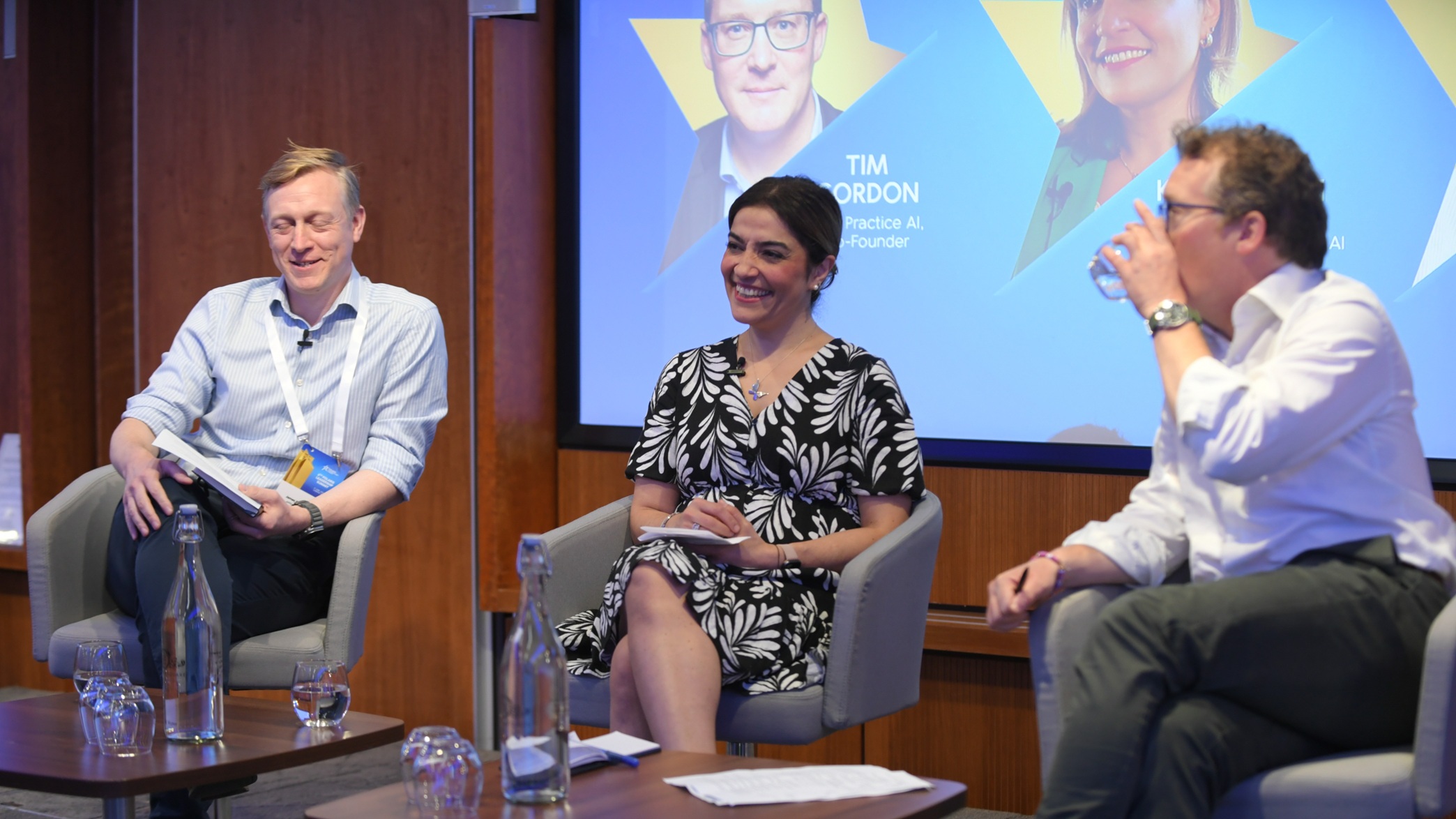When it comes to the question of who should lead the conversation between creative and media, the only surprise is that it is still up for debate.
For me, reuniting the two disciplines will be key to driving new business growth at agencies. It’s proving to be a no-brainer for B2B campaigns.
The divorce of media and creative in the 1980s and ‘90s was driven by numerous factors, from challenging economic conditions to the changing media landscape and the fallout from agency mergers. But it is a move that has been increasingly criticised over the decades. Last year, industry heavyweight Rory Sutherland said it was a ‘bizarre’ and ‘weirdly dumb decision’ and described the separation as one of the ‘biggest mistakes’ the industry has made.
However, change is in the air with several B2C agencies working to repair the damage. Holding groups such as WPP and Omnicom are creating campus offices where creative and media agencies are brought together to collaborate. A series of mergers and acquisitions, including Accenture’s purchase of Droga5, has also signalled a change in attitude. B2B can learn a lesson from this.
With the advances in tech, data powering creative should be par for the course. Having media and data in creative projects from the ground up means they can work in step and achieve greater results that are not only more impactful but are also easily adaptable for testing and improvement. Today’s technology means that better decisions can be made in real time, creating improved reach, brand recognition and ultimately, sales.
When developing campaigns with a creative or media lead, each element is operating in isolation. Working together means faster reaction time and reaching optimum solutions making it a more effective campaign for the advertiser.
If B2B still traditionally leans into the sales imperative, this can strangle creativity and undermine the importance of brand reach. There’s no reason we should not approach reach the same way as B2C. With longer lead times, so few B2B customers are at ‘the top of the purchase funnel’ at the exact time when the sales department is looking for leads. Brand recognition will be the deciding — and winning — factor and ensure that your businesses are in mind when your customer is ready to purchase.
Bringing creative and media to the table at the same time when pitching for new business is a compelling combination for brands
Creative work can tell a story and be meaningful, but as we know, the medium is the message. But ignoring media and data at a pitch means you can’t underline the possible targeting and success you can achieve with an integrated effort. Offering both under the same roof is the forward-looking trend; we’ve been doing it for several years at True.
Targeting is still a curiosity for some B2B brands. It’s considered too specific and granular, but that is looking at it from the wrong angle. The targeted customer is not aware of the granular nature of this kind of work; all they know is that the right brand appeared at the right time to be recalled when they needed it most. Reach should also not be ignored as a B2B power tool. Getting brands out there to more people influences purchases, just as family members and colleagues can change the mind of the C-Suite decision-makers who sign off on an investment.
The world of B2B marketing might still be somewhat fragmented, with data, media and creative all floating apart in a sea of opportunities.
If we can provide united, seamless campaigns for our clients, the ultimate winners are the brands that understand the benefit of an integrated approach.
Featured image: irinakhabliuk / Pixabay


















